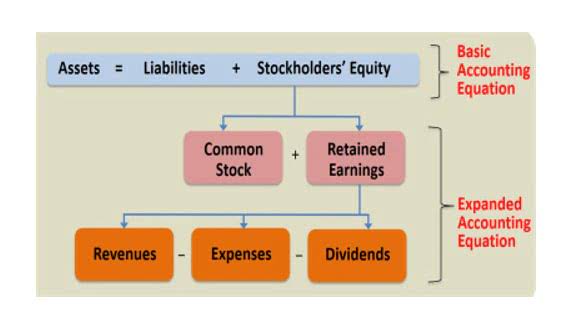Comprehensive Income: Statement, Purpose, and Definition

This broader measure provides a more complete picture of an entity’s financial performance. In general, revenues and expenses are recorded on the accounts when the transactions are both realized and collectible. Collectible means that the sums, if owing, can expect to be https://x.com/bookstimeinc collected while realized means that the source transaction has been completed. Certain transactions produce unrealized gains and losses that do not appear as either revenues or expenses but are recorded as changes in equity. Financial statements are essential tools for stakeholders to assess a company’s performance and financial health.
Accumulated Other Comprehensive Income: Definition and Types
For large corporations, typical examples might include gains and losses from unmatured bond investments, changes in the company’s pension plan, and fluctuations from foreign currency transactions. Understanding comprehensive income is essential for investors, analysts, and other stakeholders who seek a deeper insight into a company’s overall financial health. By capturing elements like foreign currency translation adjustments and unrealized gains or losses on certain investments, it offers a fuller view than net income alone. Reclassification adjustments play a vital role in ensuring that comprehensive income accurately reflects a company’s financial activities. These adjustments occur when items previously reported in other comprehensive income are reclassified to net income.
- This broader measure can reveal underlying issues or strengths that are not immediately apparent from net income alone, making it an invaluable tool for investors and analysts.
- This investment is called equity or net assets since assets minus liabilities is equal to equity.
- These reports list all of the unrealized gains and losses that took place during the year and show how they contribute to the overall equity balance of the company.
- However, since it is not from the ongoing operations of the company’s normal line of business, it is not appropriate to include it in the traditional income statements.
- Other comprehensive income is a catch-all term for changes in equity from non-owner sources, including unrealized gains and losses on investments because of changing market prices, on foreign exchange fluctuations, and the like.
- Other comprehensive income is not listed with net income, instead, it appears listed in its own section, separate from the regular income statement and often presented immediately below it.
Comprehensive Income: Statement, Purpose, and Definition
- One of the primary components is unrealized gains and losses on available-for-sale securities.
- It is excluded from net income because the gains and losses have not yet been realized.
- Comprehensive income is the sum of that net income plus the value of yet unrealized profits (or losses) in the same period.
- Another significant element is the impact of foreign currency translation adjustments.
- The sum total of comprehensive income is calculated by adding net income to other comprehensive income.
- The process of reporting comprehensive income is integral to providing a complete financial picture of a company.
- This approach allows stakeholders to easily identify and analyze the components of comprehensive income without sifting through other financial data.
This inclusion provides a clearer picture of the long-term obligations and financial commitments a company has towards its employees. Foreign currency translation is a significant aspect of financial reporting for multinational companies. When a statement of comprehensive income company operates in multiple countries, it must consolidate the financial statements of its foreign subsidiaries into the parent company’s reporting currency.

Other Comprehensive Income vs. Realized Income

In addition to investment and pension plan gains and losses, OCI includes hedging transactions a company performs to limit losses. This includes foreign currency exchange hedges that aim to reduce the risk of currency fluctuations. A multinational company that must deal with different currencies may require a company to hedge against currency fluctuations, and the unrealized gains and losses for those holdings are posted to OCI.

Pros and Cons of the Statement of Comprehensive Income

For example, if a company sells an investment that had previously been marked as an unrealized gain in other comprehensive income, the gain is reclassified to net income upon sale. This process ensures that the financial statements accurately reflect the realized gains and losses, providing a more precise picture of the company’s financial performance. The translation process can lead to gains or losses that are not immediately realized in cash but still affect the company’s financial statements. These translation adjustments are recorded in other comprehensive income, providing a more accurate reflection of the company’s financial position. Comprehensive income extends beyond the traditional scope of net income by capturing a wider array of financial activities. One of the primary components is what are retained earnings unrealized gains and losses on available-for-sale securities.

